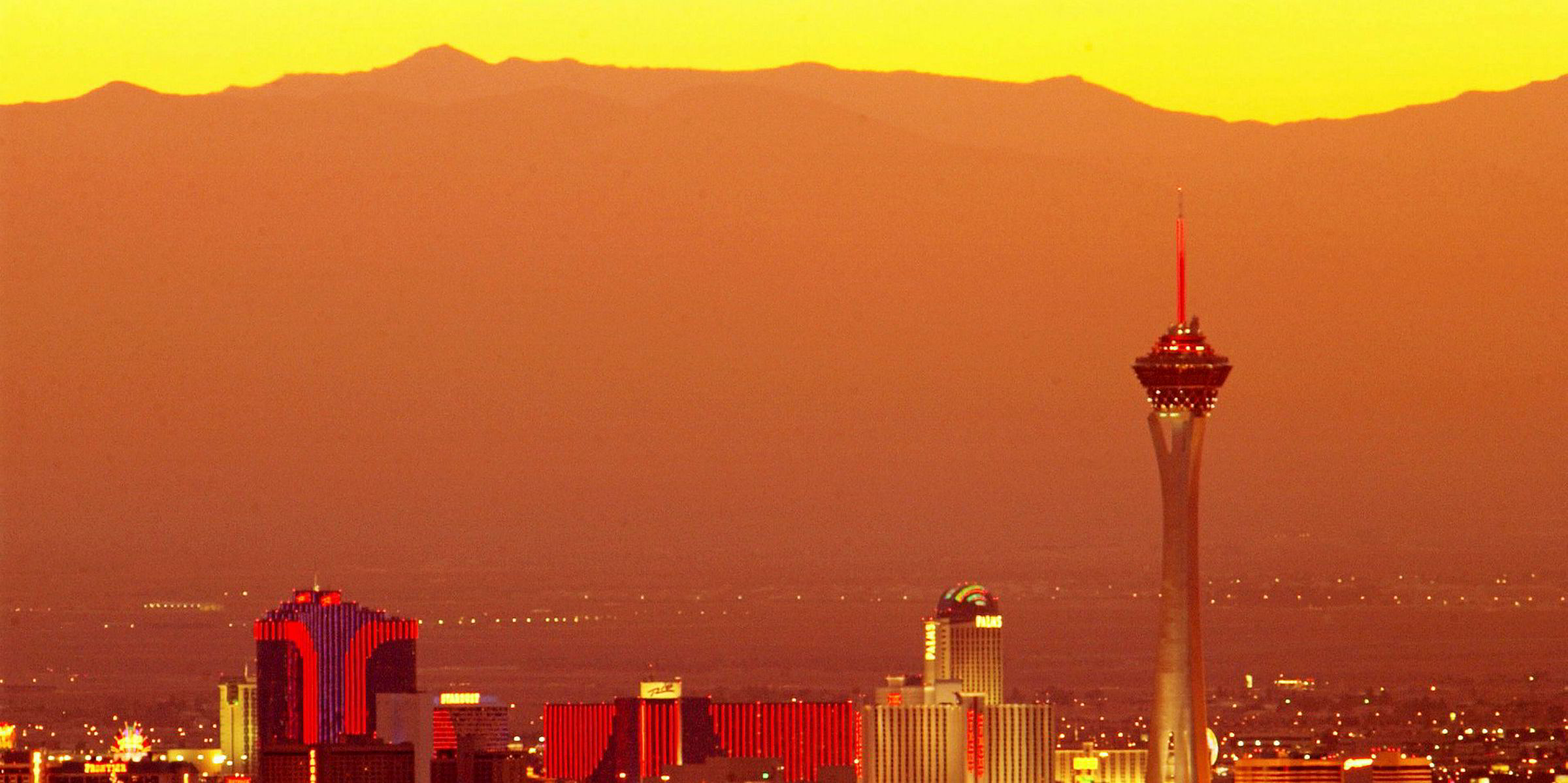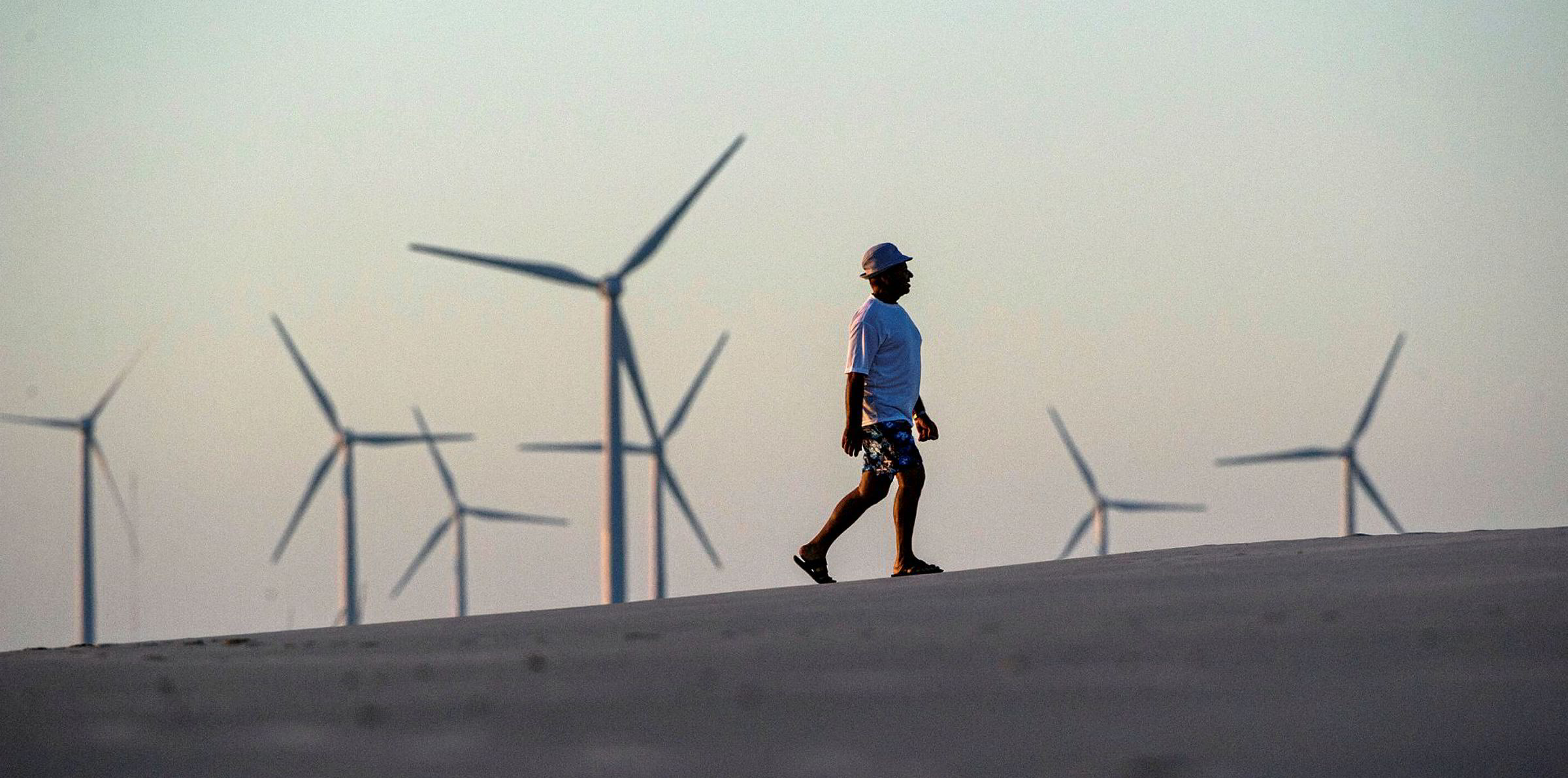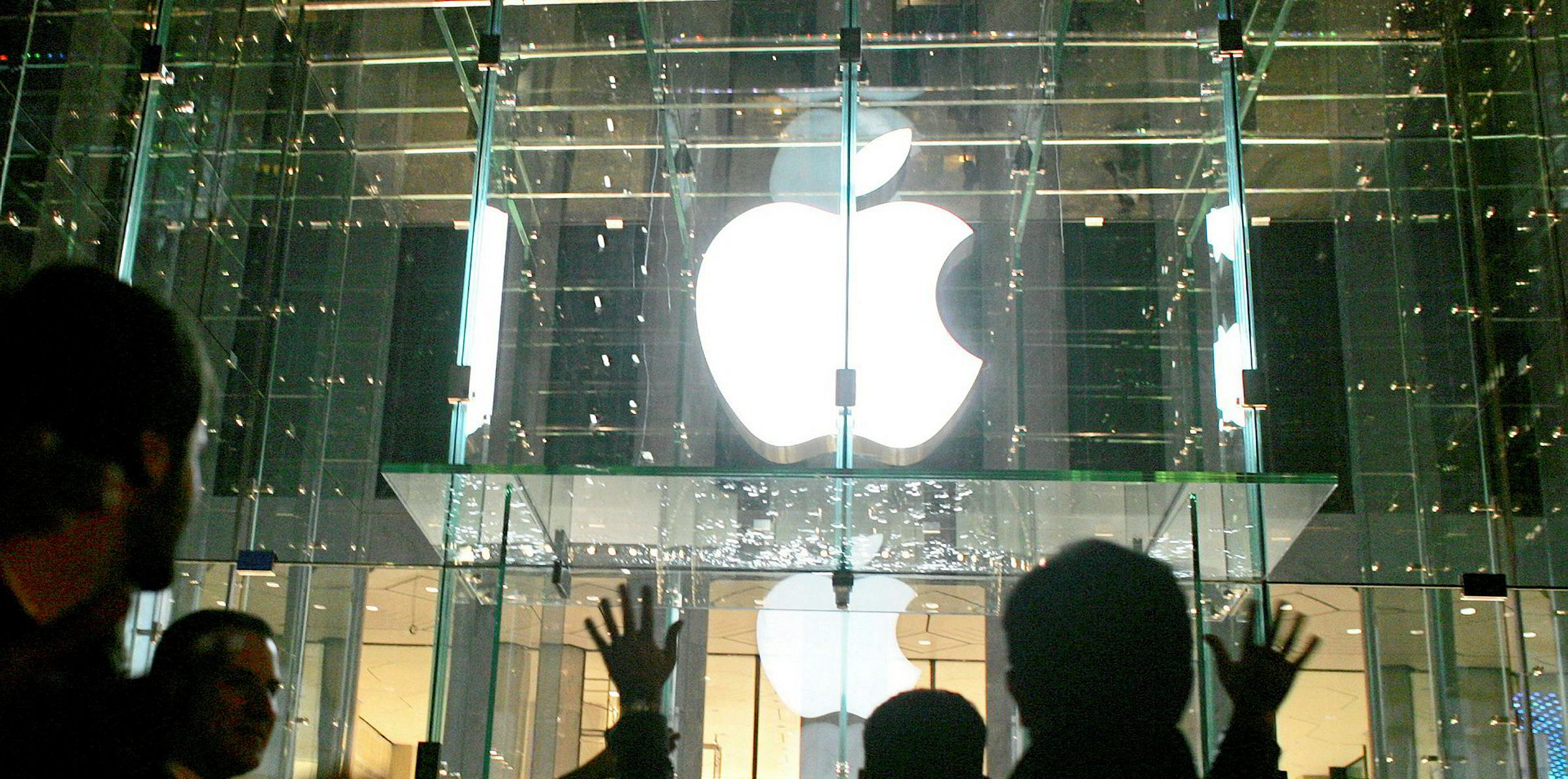US President Donald Trump’s administration has given the final green light to developer Solar Partners XI plans to build a massive 690MW PV array on public lands in Nevada able to supply electricity for all 260,000 residences in Greater Las Vegas.
When fully operational by 1 December 2023, the $1bn Gemini project will be the country’s largest utility-scale solar array, with the capability to store at least 380MW using long-duration lithium-ion batteries.
State regulators earlier approved a 25-year power purchase agreement between the Gemini project consortium – made up of international developer Quinbrook Infrastructure Partners and California-based Arevia Power – and NV Energy, part of Warren Buffett’s Berkshire Hathaway conglomerate and the largest electric utility in Nevada.
NV Energy will pay an average $38.44/MWh for electricity from Gemini, which will be built on 28 sq km (7,000 acres) of federal land in the desert about 53km (33 miles) northeast of Las Vegas. During construction the project could employ up to 900 workers, while supporting another 1,100 local jobs and injecting over $710m into the area economy.
“Our economic resurgence will rely on getting America back to work, and this project delivers on that objective,” said Interior Secretary David Bernhardt, who added he was glad the US Department of the Interior was able finalise approval given its energy supply and job creation impacts. Gemini will provide $3m annually to the US Treasury through land lease payments.
Last year, Nevada Governor Steve Sisolak signed a bill that requires utilities to obtain 50% of their electricity from renewable sources by 2030, and set a target of 100% zero-carbon power by 2050.
“The solar industry is resilient and a project like this one will bring jobs and private investment to the state when we need it most. We appreciate the work that the Trump Administration has done to make this historic project a reality,” said Abigail Ross Hopper, CEO of the Solar Energy Industries Association (SEIA), a trade group based in Washington, DC.
The green light for Gemini highlights the mixed messaging on renewables from Trump since he took office in January 2017. The US President rejecting mainstream climate science by favouring fossil fuels over cleaner alternatives, and repeatedly slamming onshore wind turbines as harmful to human health and ugly, while calling solar power “very, very expensive” for the country even though it is cheaper than coal.
Yet, Gemini is now the third large PV facility on federal lands approved during his tenure after the 500MW Palen in California and 80MW Sweetwater in Wyoming. The proposed 450MW Quartzite project in California is also in advanced stages of permitting.
On 1 January, the US had 77.7GW of installed solar capacity after adding 13.3GW in 2019, when solar was 2.6% of the country’s electricity mix. Before the Covid-19 pandemic, nearly 20GW more was slated to come online this year according to a joint forecast by SEIA and research group Wood Mackenzie.
In late April, however, SEIA reported 80% of solar projects had been delayed or canceled because of the coronavirus, citing a survey of its members.



